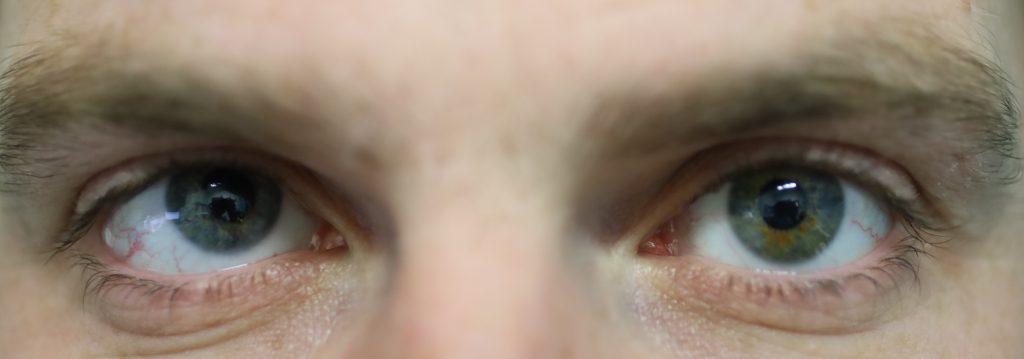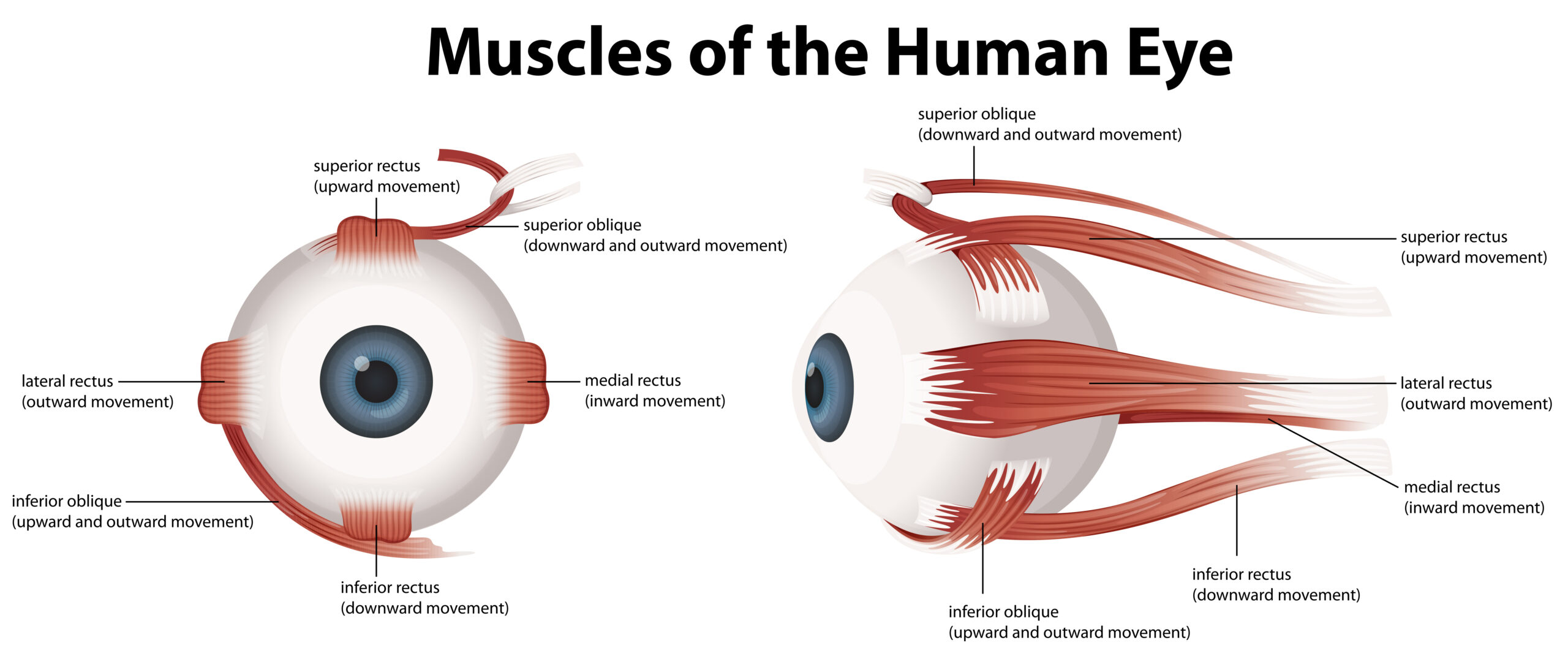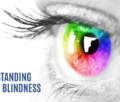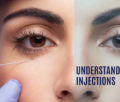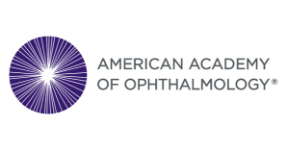Table of Contents
Strabismus, commonly known as “crossed eyes” or “squint”, is a condition that affects the alignment of a child’s eyes. In this condition, the eyes do not point in the same direction when focusing on an object. Strabismus can have a significant impact on a child’s vision and overall development, making early detection and treatment crucial for maintaining healthy visual function throughout their lives.
Types of Strabismus:
There are several types of strabismus, each characterised by the direction in which the eyes deviate:
Esotropia: One or both eyes turn inward towards the nose.
Exotropia: One or both eyes turn outward, away from the nose.
Hypertropia: One eye is higher than the other.
Hypotropia: One eye is lower than the other.
Causes and Risk Factors of Strabismus
The exact causes of strabismus can be multifactorial, but some common factors and risk factors include:
- Muscular Imbalance: Strabismus can occur due to an imbalance in the muscles that control eye movement.
- Family History: Children with a family history of strabismus are more likely to develop the condition.
- Premature Birth: Preterm infants may have a higher risk of strabismus.
- Neurological Conditions: Some neurological disorders can be associated with strabismus.
Signs and Symptoms of Strabismus
Detecting strabismus early is essential for successful treatment. Parents and caregivers should watch for the following signs:
- Crossed Eyes: The eyes may not appear to be looking in the same direction.
- Squinting: Frequent squinting or blinking, especially in bright light.
- Tilting of the Head: A child may tilt their head to try to align their eyes.
- Poor Depth Perception: Difficulty judging distances or bumping into objects.
- Eye Fatigue: OIder children may complain of eye strain or headaches.
Importance of Regular Eye Exams:
In many cases, strabismus may not be immediately obvious, and children may not complain of any visual issues. Regular eye exams are vital for early detection and intervention. Paediatric ophthalmologists can detect subtle eye alignment problems that might otherwise go unnoticed.
Impact on Vision and Development
Amblyopia (Lazy Eye):
If strabismus is left untreated, it can lead to amblyopia, commonly known as “lazy eye.” Amblyopia occurs when the brain starts to ignore the visual input from the misaligned eye, leading to decreased visual acuity. Early treatment can help prevent amblyopia and improve the chances of a successful outcome.
Binocular Vision:
Strabismus affects the ability to achieve binocular vision, where both eyes work together to create a single, three-dimensional image. Without binocular vision, a child may struggle with depth perception, which can impact their coordination and ability to participate in activities that require accurate visual judgments.
Early Intervention and Treatment
Orthoptic Evaluation:
An orthoptic evaluation is a specialised eye examination performed by an optometrist or an ophthalmologist trained in orthoptics. This evaluation assesses eye movements, binocular vision, and the presence of any ocular misalignments. Based on the findings, a tailored treatment plan is developed. At Clarity Eye Surgeons we have highly trained orthoptists and optometrists to assess and manage children’s eye problems
Patching:
For some cases of strabismus, particularly in cases of amblyopia, patching the stronger eye may be recommended to encourage the weaker eye to “work harder” and improve its visual acuity. Additionally, orthoptic exercises may be prescribed to strengthen eye muscles and improve eye coordination.
Surgical Intervention
When Surgery is Needed:
Surgery may be necessary for children with persistent or significant strabismus that does not respond to other treatments. The surgical procedure aims to adjust the eye muscle position or tension, aligning the eyes properly.
Procedure and Recovery:
During the strabismus surgery, the ophthalmologist makes precise adjustments to the eye muscles. The procedure is typically performed in a hospital under general anaesthesia as a day procedure. After the surgery, the child may experience mild discomfort and redness, but this should improve within a few days. Full recovery may take a few weeks, during which the child’s eyes gradually align.
Preventive Measures and Lifestyle Tips
While not all cases of strabismus can be prevented, some measures can promote good eye health:
- Reduce Screen Time: Limit the amount of time your child spends on screens to avoid eye strain.
- Encourage Outdoor Activities: Outdoor play can promote healthy visual development.
- Proper Lighting: Ensure proper lighting while reading or doing activities that require focus.
- Reading Distance: Encourage your child to maintain an appropriate distance while reading or using digital devices.
- Eye Protection: Encourage the use of protective eyewear during sports and outdoor activities.
Conclusion
Early detection and intervention are key to effectively managing strabismus in children. Regular eye exams, attentive observation for signs of strabismus, and prompt treatment can significantly improve a child’s visual health and quality of life. As a dedicated ophthalmologist, I urge parents and caregivers to prioritise their child’s eye health and seek professional guidance if any concerns arise. By taking proactive steps, we can help children enjoy a lifetime of healthy vision and optimal visual development.
Author Bio:
Dr. Parth Shah is an experienced ophthalmologist in Canberra, Australia. With a commitment to promoting children’s eye health, Dr. Shah aims to spread awareness about the importance of early detection and treatment of eye conditions like strabismus. He believes that a proactive approach to eye care can make a significant difference in a child’s life.

